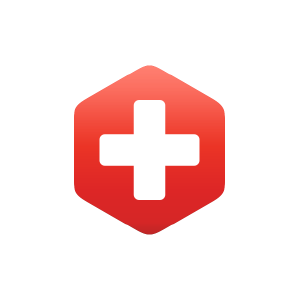Search
- Filter Results
- Location
- Classification
- Include attachments
- https://med.libretexts.org/Courses/Western_Technical_College/Basic_Lab_Skills_(Christenson)/01%3A_Lab_SafetyThis page emphasizes the importance of laboratory safety and infection control, detailing responsibilities for lab workers, compliance with OSHA regulations, and proper handling of hazardous materials...This page emphasizes the importance of laboratory safety and infection control, detailing responsibilities for lab workers, compliance with OSHA regulations, and proper handling of hazardous materials. It outlines protocols for handling biohazardous materials and bloodborne pathogens.
- https://med.libretexts.org/Bookshelves/Nursing/Medical-Surgical_Nursing_(OpenStax)/11%3A_Gas_Exchange_Airway_Management_and_Respiratory_System_Disorders/11.07%3A_Disorders_of_the_Lower_Respiratory_System-_Pneumonia_and_AspirationThis section provides a comprehensive overview of pneumonia and aspiration, including pathophysiology, risk factors, clinical manifestations, diagnostics, nursing care, and medical therapies. It highl...This section provides a comprehensive overview of pneumonia and aspiration, including pathophysiology, risk factors, clinical manifestations, diagnostics, nursing care, and medical therapies. It highlights the seriousness of pneumonia as a common illness, discussing the impact on different populations and emphasizing community-acquired pneumonia as a leading cause of mortality. Various pathogens, risk factors, and diagnostic criteria like CURB-65 are detailed.
- https://med.libretexts.org/Bookshelves/Nursing/Community_and_Public_Health_Nursing%3A_A_Call_to_Action_(Reed_et_al.)/01%3A_Foundations_of_Community_and_Public_Health_Nursing/1.04%3A_Chapter_Four-_EpidemiologyEpidemiology is a crucial branch of public health focused on studying the distribution, causes, and control of diseases in human populations. It helps identify health risk factors, evaluate health int...Epidemiology is a crucial branch of public health focused on studying the distribution, causes, and control of diseases in human populations. It helps identify health risk factors, evaluate health interventions, and guide public health decisions. Key concepts include incidence and prevalence rates, as well as the differences between terms like epidemic, endemic, and pandemic.
- https://med.libretexts.org/Bookshelves/Health_and_Fitness/Health_Education_(Rienk_and_Lundin)/07%3A_Infectious_Diseases_and_Sexually_Transmitted_Infections/7.09%3A_Indirect_person-to-person_transmission_of_pathogensThis page discusses indirect transmission of pathogens, highlighting how infected hosts can release pathogens into air, water, or surfaces, resulting in infections among others. Key methods include ai...This page discusses indirect transmission of pathogens, highlighting how infected hosts can release pathogens into air, water, or surfaces, resulting in infections among others. Key methods include airborne transmission via respiratory droplets, waterborne transmission due to contaminated water, fecal-oral transmission through unclean hands, and the role of fomites like utensils in spreading infections.

